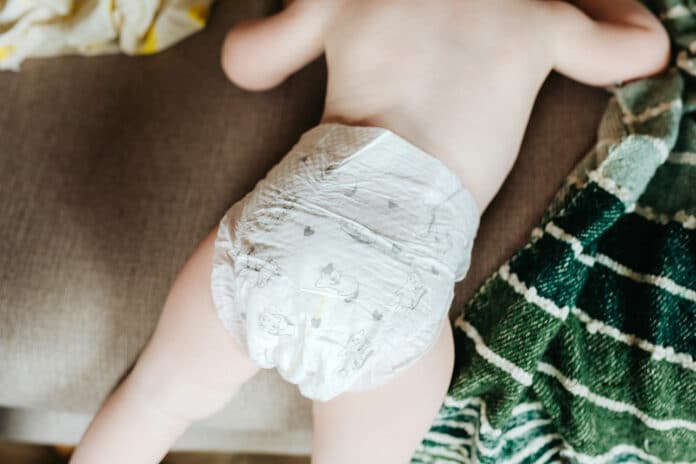Building material is one of the essential aspects in accommodating the supply and demand of low-cost housing. Recently, several researchers have devoted much time and effort to developing waste recycling for building materials since it is more ecologically benign, particularly for non-degradable waste.
Researchers from the University of Kitakyushu, Japan, have suggested that disposable diaper waste could be used as a construction material for low-cost housing in low- and middle-income countries. They created a composite building material by replacing sand in concrete and mortar with shredded used disposable diapers.
Diapers are generally composed of wood pulp, cotton, viscose rayon, and plastics like polyester, polyethylene, and polypropylene. The majority of these are disposed of in a landfill or by incineration.
Researchers prepared concrete and mortar samples by combining washed, dried, and shredded disposable diaper waste with cement, sand, gravel, and water. These samples were then cured for 28 days.
In the lab, the team tested six samples containing different proportions of diaper waste to measure the amount of pressure they could withstand without breaking. They then calculated the maximum proportion of sand that could be replaced with disposable diapers in a range of building materials that would be needed to construct a house with a floorplan area of 36 square meters that complies with Indonesian building standards.
Researchers demonstrated that disposable diaper waste could replace up to 10% of the sand needed for concrete used to form columns and beams in a three-story house. This proportion increased to 27% of the sand needed for concrete columns and beams in a single-story house. Further, disposable diapers can potentially be used to replace up to 40% of the sand used in the manufacture of mortar in partition walls, while just 9% of the construction material could be used in the creation of floors and garden paving.
In total, up to 8% of the sand in all of the concrete and mortar building materials required to build a single-story house with a floorplan of 36 square meters can be replaced with disposable diaper waste – equivalent to 1.7 cubic meters of waste.
This study was researched to get a fresh perspective on waste usage for building components considered low-cost housing components and recycling disposable diaper waste.
Journal reference:
- Siswanti Zuraida, Bart Dewancker and Romi Bramantyo Margono. Application of non-degradable waste as a building material for low-cost housing. Scientific Reports, 2023; DOI: 10.1038/s41598-023-32981-y
